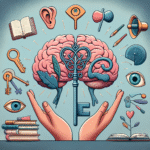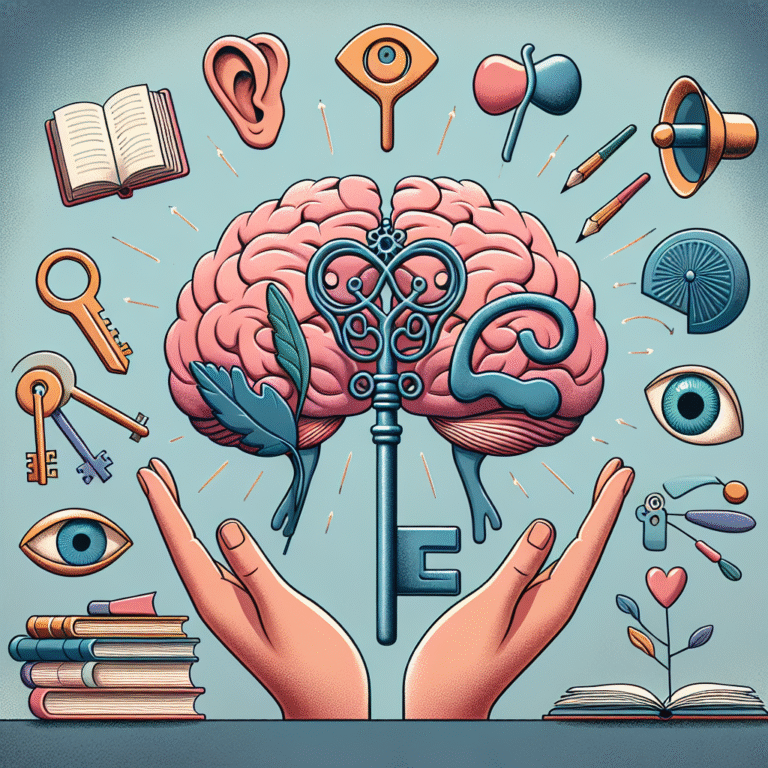
Is My Child at Risk? Recognizing Early Dyslexia Signs and Symptoms: Your Ultimate Guide
Introduction
As a parent, the well-being and success of your child are paramount concerns. You might often find yourself wondering: Is my child at risk? Recognizing early dyslexia signs and symptoms is essential for ensuring they have the best chance at academic success and personal growth. Dyslexia is a specific learning disability affecting reading, writing, and sometimes even speaking. Early recognition can make all the difference in your child’s educational journey.
This article will delve deep into what dyslexia is, the early signs, and actionable steps you can take if you suspect your child may be affected.
Understanding Dyslexia
What is Dyslexia?
Dyslexia is a neurobiological condition characterized by difficulties in reading due to problems identifying speech sounds and learning how they relate to letters and words. It is one of the most common learning disabilities, affecting an estimated 5-10% of the population, although some studies suggest it might be as high as 20% when considering less severe forms.
Understanding the misconceptions around dyslexia is crucial. While many think it solely involves reading difficulties, dyslexia can also impact spelling, writing, and even math. It’s essential to note that dyslexia does not reflect a child’s intelligence; many intellectually gifted individuals can also experience this condition.
Early Signs of Dyslexia
Key Indicators to Watch For
Wondering if your child fits the description? Here are some early signs of dyslexia categorized by age groups:
| Age Group | Signs and Symptoms |
|---|---|
| Preschool (3-5 years) | – Difficulty recognizing letters of the alphabet – Trouble pronouncing words – Difficulty with rhyming – Limited vocabulary for age |
| Early Elementary (6-8 years) | – Difficulty reading age-appropriate texts – Difficulty spelling, often spelling the same word differently – Trouble following multi-step instructions – Slow and labored reading, even for simple words |
| Later Elementary & Beyond (9 years and up) | – Continued difficulty with reading comprehension – Inconsistent performance in school – Difficulty expressing thoughts in writing – Lack of confidence in reading and writing tasks |
Case Study: Early Intervention
Take Sarah, a 6-year-old little girl who often confused letters like ‘b’ and ‘d’. Her parents noticed her struggling with basic words and decided to seek help. After early intervention focused on phonemic awareness, Sarah flourished. By the end of the first grade, she could read at grade level.
Relevance: This case emphasizes the importance of early recognition. By identifying the signs early on, parents can act swiftly, leading to significant improvements in their child’s educational experience.
Benefits of Early Recognition
Why It Matters
Recognizing early dyslexia signs and symptoms isn’t just beneficial; it’s crucial. Here are some compelling reasons:
Improved Academic Performance: Early interventions can enhance reading skills and overall academic performance.
Boosted Self-Esteem: Children who receive help early tend to experience improved confidence in their abilities, fostering a more positive self-image.
Better Classroom Experience: With appropriate support, children with dyslexia can engage more fully in classroom activities, contributing positively to their learning environment.
- Long-Term Advantage: Early intervention can set the stage for lifelong learning strategies and skills that will benefit children in all areas of life.
Table: Lifelong Impact of Early Intervention
| Early Intervention | Long-Term Benefits |
|---|---|
| Phonemic Awareness Training | Greater literacy skills |
| Structured Literacy Programs | Increased confidence |
| One-on-One Tutoring | Enhanced problem-solving skills |
Next Steps: What to Do if Your Child Shows Signs
Assess and Seek Professional Help
If you are still wondering, "Is my child at risk? Recognizing early dyslexia signs and symptoms is only the first step"? After identifying potential signs, the next step involves assessment. Consult with your child’s teacher, and consider seeking a psychological evaluation from an educational psychologist or a trained specialist.
Resources for Parents
National Institute of Child Health and Human Development (NICHD): Offers comprehensive resources on dyslexia.
International Dyslexia Association (IDA): Provides information about dyslexia symptoms and recommended interventions.
- Local Support Groups: Connecting with other parents who are facing similar challenges can provide much-needed support and resources.
Conclusion
Recognizing early dyslexia signs and symptoms is a powerful step in ensuring your child’s success. Parents play a pivotal role in this journey from observation to intervention.
By being proactive and informed, you can make decisions that positively affect your child’s education and self-esteem. Remember that every child is unique, and with the right support, dyslexia can be navigated successfully, setting the stage for a bright future.
FAQs
What should I do if I suspect my child has dyslexia?
Start by observing your child’s reading and writing habits. Speak to their teacher and consider getting a professional evaluation.
Can dyslexia be cured?
Dyslexia is a lifelong condition, but early intervention can significantly improve literacy skills and coping strategies.
At what age can dyslexia be diagnosed?
While signs can be evident as early as preschool, formal diagnosis often occurs in early elementary school.
What types of interventions are most effective?
Phonemic awareness training, structured literacy programs, and consistent one-on-one support are among the most effective.
Is dyslexia hereditary?
Yes, dyslexia can run in families. A family history of learning disabilities may increase the likelihood of dyslexia in children.
How can I help my child with homework if they have dyslexia?
Encourage the use of audiobooks and digital resources, support their efforts, and provide a quiet space for concentration.
By taking these insights on board, you embark on a positive journey toward understanding and assisting your child through the challenges dyslexia may bring. Remember, early detection is key, and your advocacy is crucial to their success.






